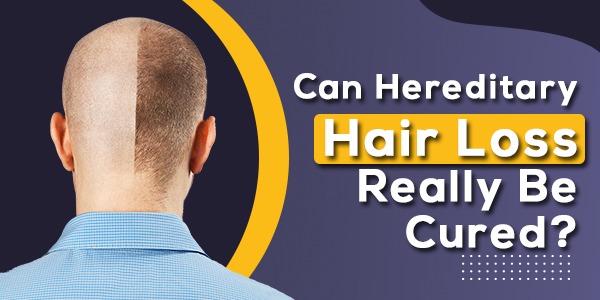Hair loss caused by hereditary reasons, according to research, cannot be regenerated greatly, if at all. If you started losing hair at a young age, there’s a good possibility it’ll get worse over time. However, there are ways to decrease the progression of hair loss. Certain drugs are available to treat certain forms of hair loss, but you must be highly diligent in taking them on a regular basis. If you are searching for a good hair transplant clinic then you are at the right place.
The following drugs have been authorized by the US Food and Drug Administration (FDA) to treat hereditary hair loss.
Topical minoxidil (available without a prescription)
This is the most widely used therapy for hereditary hair loss, and it’s widely accessible in shops and online. Minoxidil has been found in scientific studies to minimize hair loss, promote hair growth, and strengthen existing hair strands. While minoxidil can aid, complete regrowth is unlikely. Scalp discomfort and undesired hair growth on the neighboring skin of the face and hands are possible adverse effects.
Finasteride (prescription medication)
This is a prescription drug that has only been found to be beneficial in male patients. It’s possible that you’ll have to take the drug for a long time to see any improvements. Finasteride has been demonstrated to prevent additional hair loss in roughly 80% to 90% of men who take it. Some men also see hair regeneration, which is more common in men who begin taking finasteride as soon as they discover indications of hair loss.
Finasteride has a few negative effects, including decreased sex drive and sexual function, as well as an increased risk of prostate cancer. Crushed or broken pills should not be handled by women who are pregnant or may become pregnant.
Other Medications
Spironolactone (Carospir, Aldactone) and oral dutasteride are two further oral medicine alternatives (Avodart).
Laser devices for hereditary hair loss
In this therapy, low-wavelength laser light is administered to the scalp. The hair follicle absorbs the laser photons without heating the target tissue. This is not a stand-alone hair loss treatment; it should be used in conjunction with other therapies.
Procedures used to treat hereditary hair loss
Depending on the extent and location of your hair loss, your dermatologist may recommend one (or both) of these procedures,:
Platelet-rich plasma (PRP): While PRP is not a long-term solution, it can help you maintain your results with follow-up treatments. PRP can be used alone or in conjunction with a hair transplant treatment to improve the outcome. If your dermatologist recommends PRP for you, here’s what to anticipate. A little amount of your blood would be drawn and placed in a machine that would separate your red blood cells from your plasma. Your plasma is then infused into your brain. This assignment will take around 10 minutes to complete. There will be a need for further injections. For the first three months, you’ll come once a month. Then you return every three to six months. Our clinic provides the best PRP hair treatment in Raipur.
Within a few months of PRP treatment, you can expect much less hair loss. After the PRP sessions are over, some patients also observe the thickening of their hair or regrowth.
Hair transplant: A hair transplant may be an option if you’re seeking a long-term solution. Hair transplants in Bilaspur can now provide permanent, natural-looking results.
Hair transplantation is the process of extracting follicles from the back of the head and transplanting them to bald regions. The client will still have the same amount of hair at the conclusion of the operation; it will just be spread more equally over the scalp. Surgical procedures to treat hair loss can be unpleasant and costly. Scarring and infection are other possible side effects. This treatment can be carried out in two ways; FUT and FUE. Hair Transplant in Korba is budget-friendly as well.

